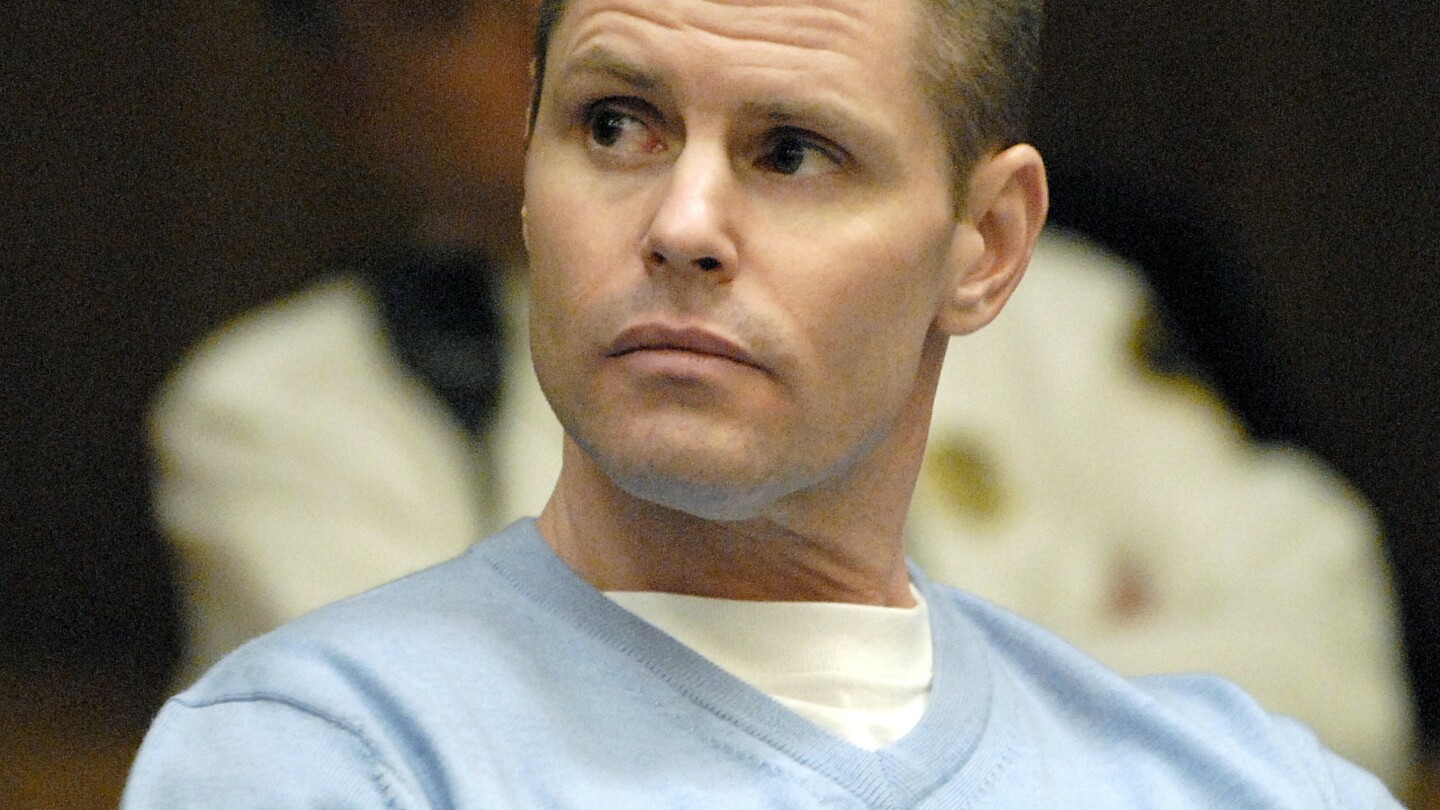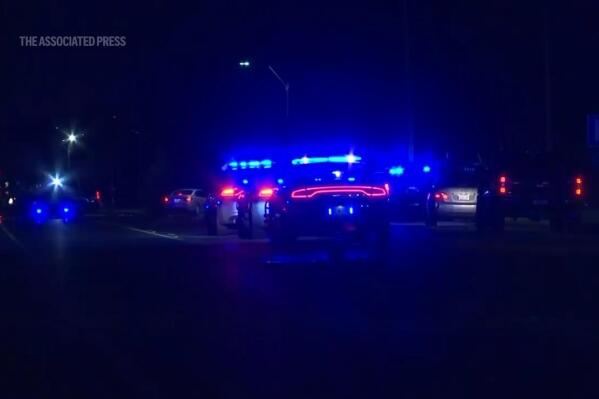Three men charged in the 2018 prison killing of notorious Boston gangster James “Whitey” Bulger have reached plea deals with prosecutors, according to court papers filed Monday.
The plea deals were disclosed nearly six years after the 89-year-old gangster, who spent almost two decades on the lam, was beaten to death in his cell at a troubled West Virginia prison.
Fotios “Freddy” Geas and Paul J. DeCologero were accused of repeatedly striking Bulger in the head while Sean McKinnon served as a lookout. An inmate witness told authorities that DeCologero said he and Geas used a belt with a lock attached to it to beat Bulger to death.
Prosecutors asked the court to schedule hearings for the men to change their not-guilty pleas and to be sentenced, though they didn’t provide further details about the plea agreements, which have not been filed in court.
Belinda Haynie, an attorney for Geas, declined to comment about the change of plea filing. Attorneys for the other two defendants didn’t immediately respond to requests for comment.
Prosecutors said last year that they would not seek the death sentence for Geas and DeCologero, who were charged with murder. All three men were charged with conspiracy to commit first-degree murder, which carries up to a life sentence. McKinnon was also charged with making false statements to a federal agent.
Bulger, who ran the largely Irish mob in Boston in the 1970s and ’80s, served as an FBI informant who ratted on the main rival to his gang. He became one of the nation’s most-wanted fugitives after fleeing Boston in 1994 thanks to a tip from his FBI handler that he was about to be indicted. He was captured at the age of 81 after more than 16 years on the run.
In 2013, he was convicted in a string of 11 killings and dozens of other gangland crimes, many of them committed while he was said to be an FBI informant.
Bulger was killed just hours after he was transferred from a Florida lockup to USP Hazelton in West Virginia and placed in the general population. Bulger’s transfer to Hazelton, where workers had already been sounding the alarm about violence and understaffing, and his placement in the general population instead of more protective housing were widely criticized by experts after his killing.
A Justice Department inspector general investigation found that his killing was the result of multiple layers of management failures, widespread incompetence and flawed policies at the Bureau of Prisons. The inspector general found no evidence of “malicious intent” by any bureau employees, but said a series of bureaucratic blunders left Bulger at the mercy of rival gangsters behind bars
Bulger never admitted to working for the FBI. Court papers made public in a lawsuit brought by his family showed that he was interviewed by staff after arriving at Hazelton about whether there were reasons he should be kept out of the general population. An intake screening form signed by Bulger said he answered “no” to the question “have you assisted law enforcement agents in any way?”


